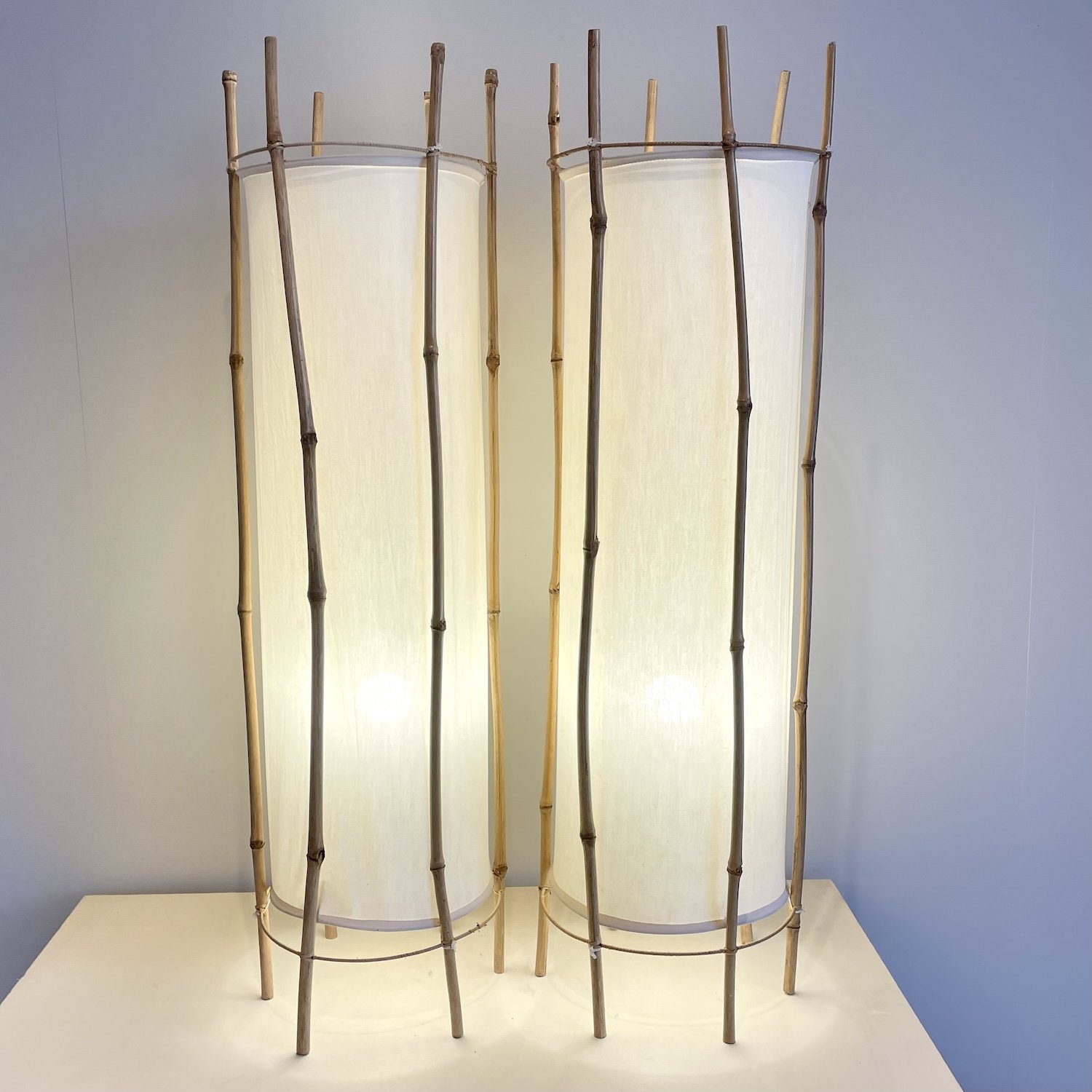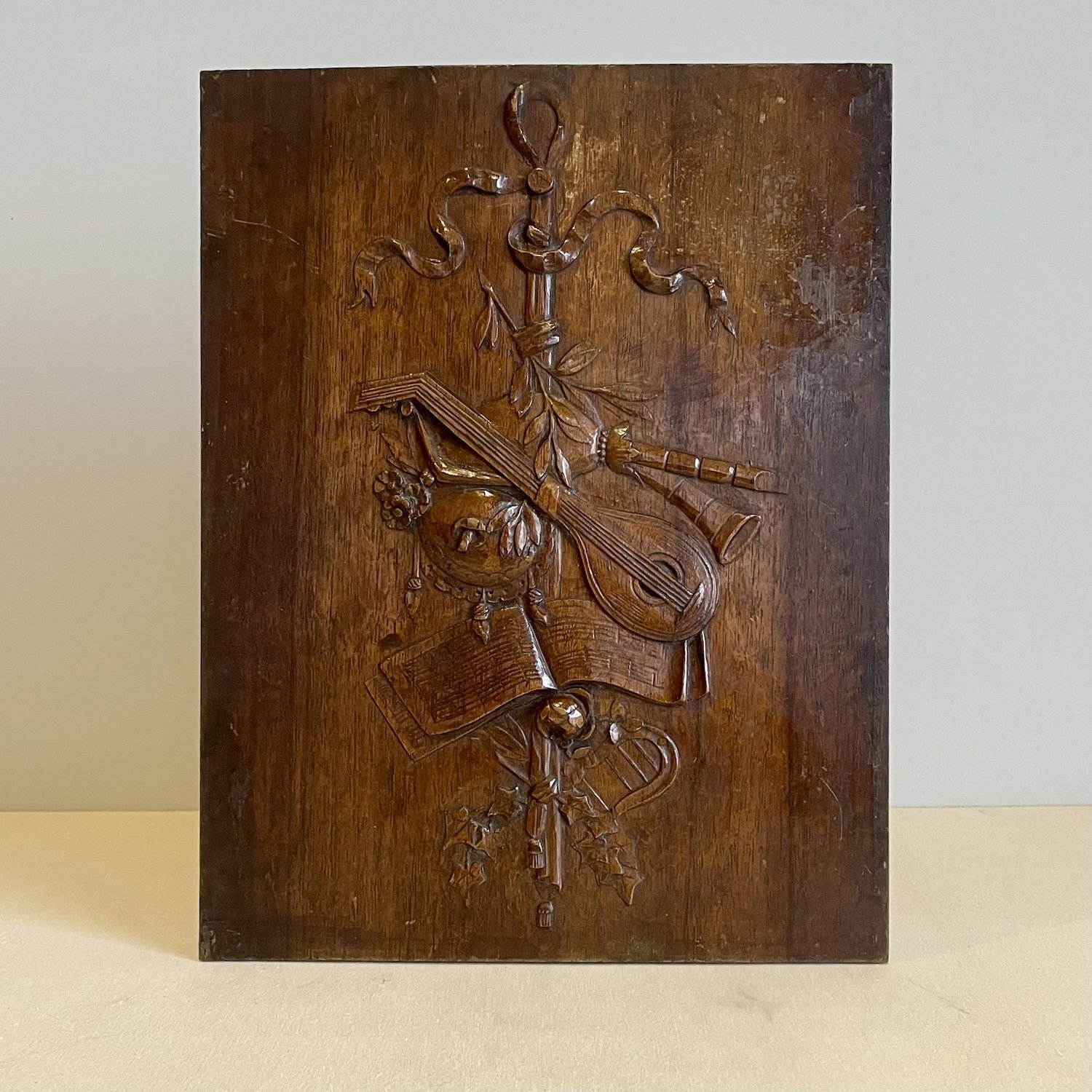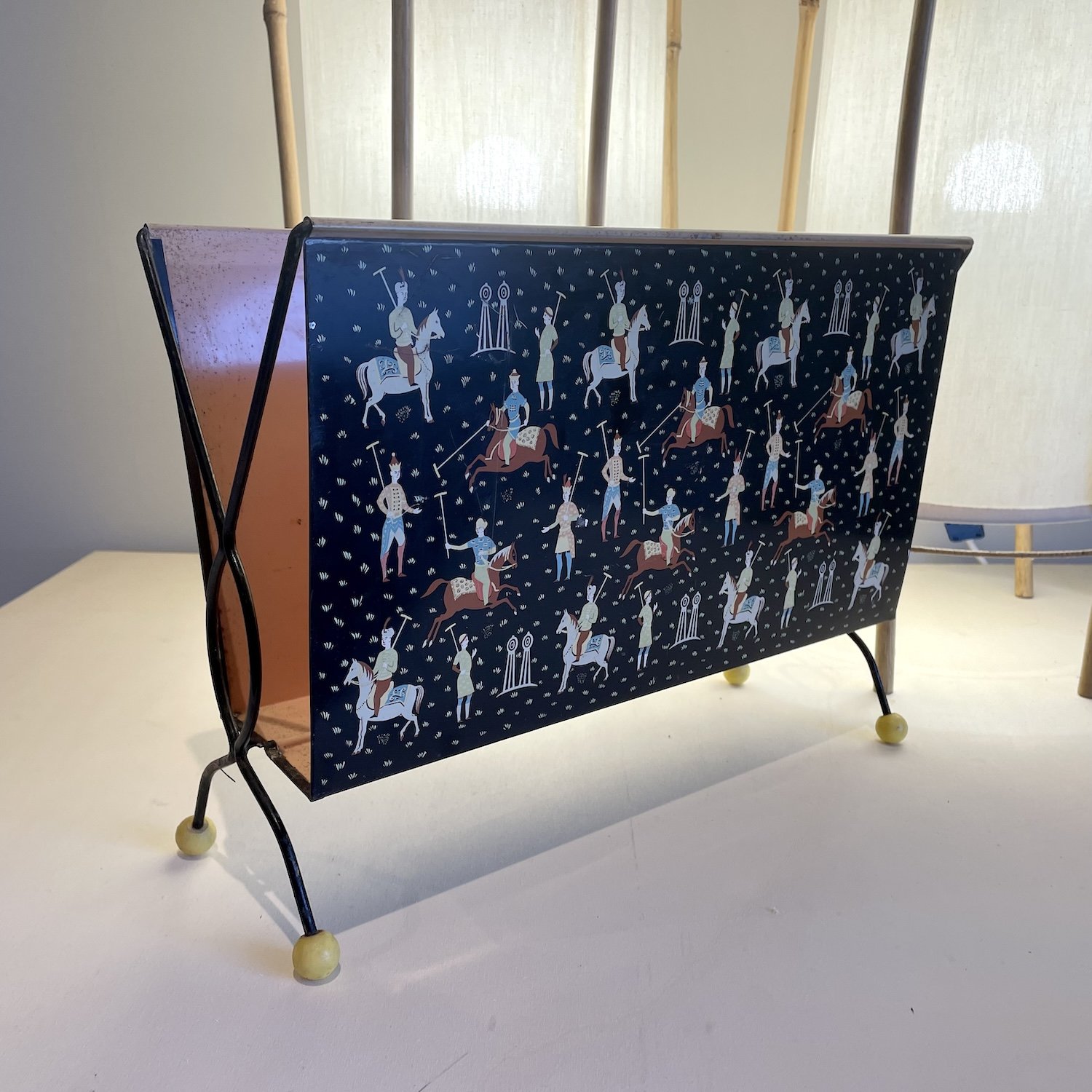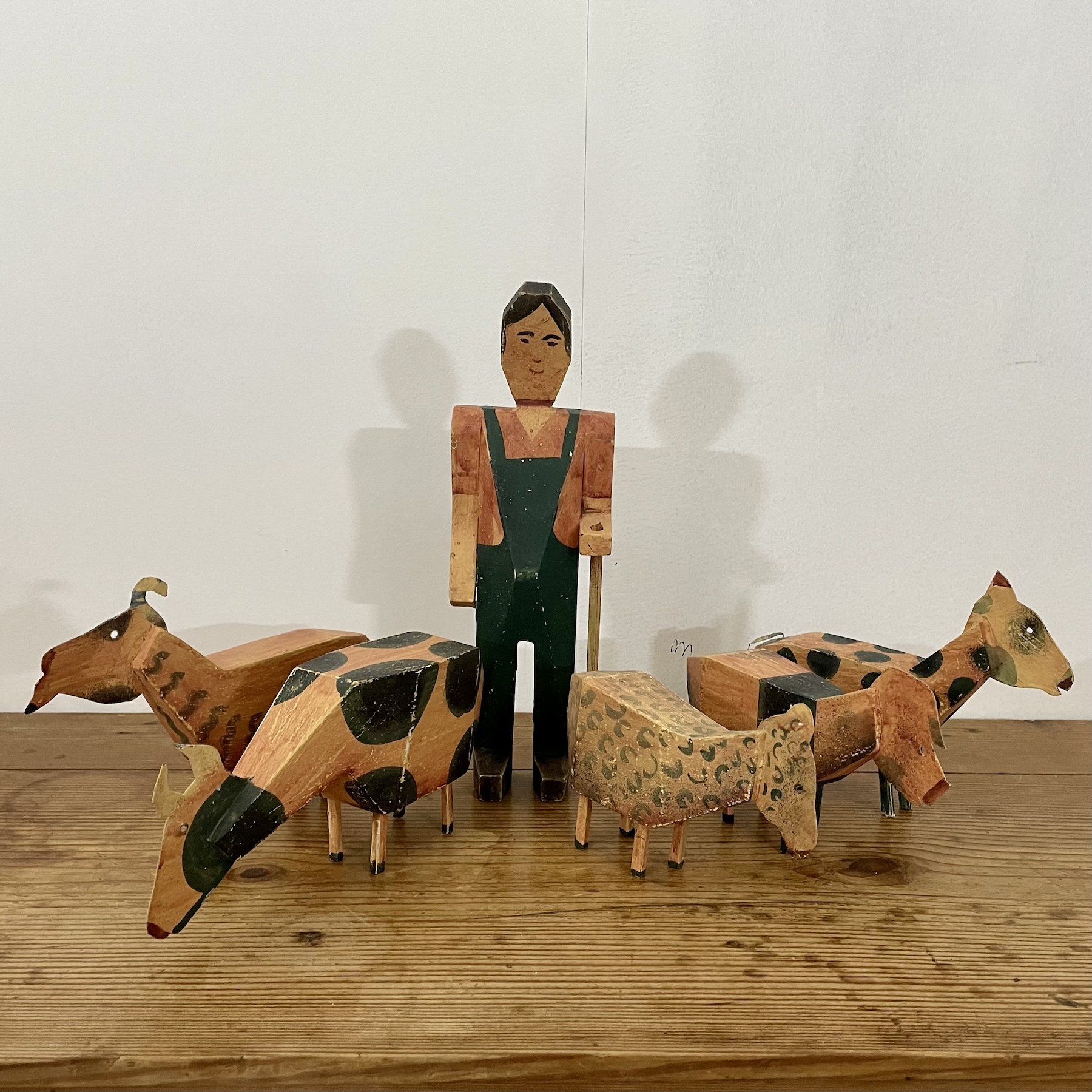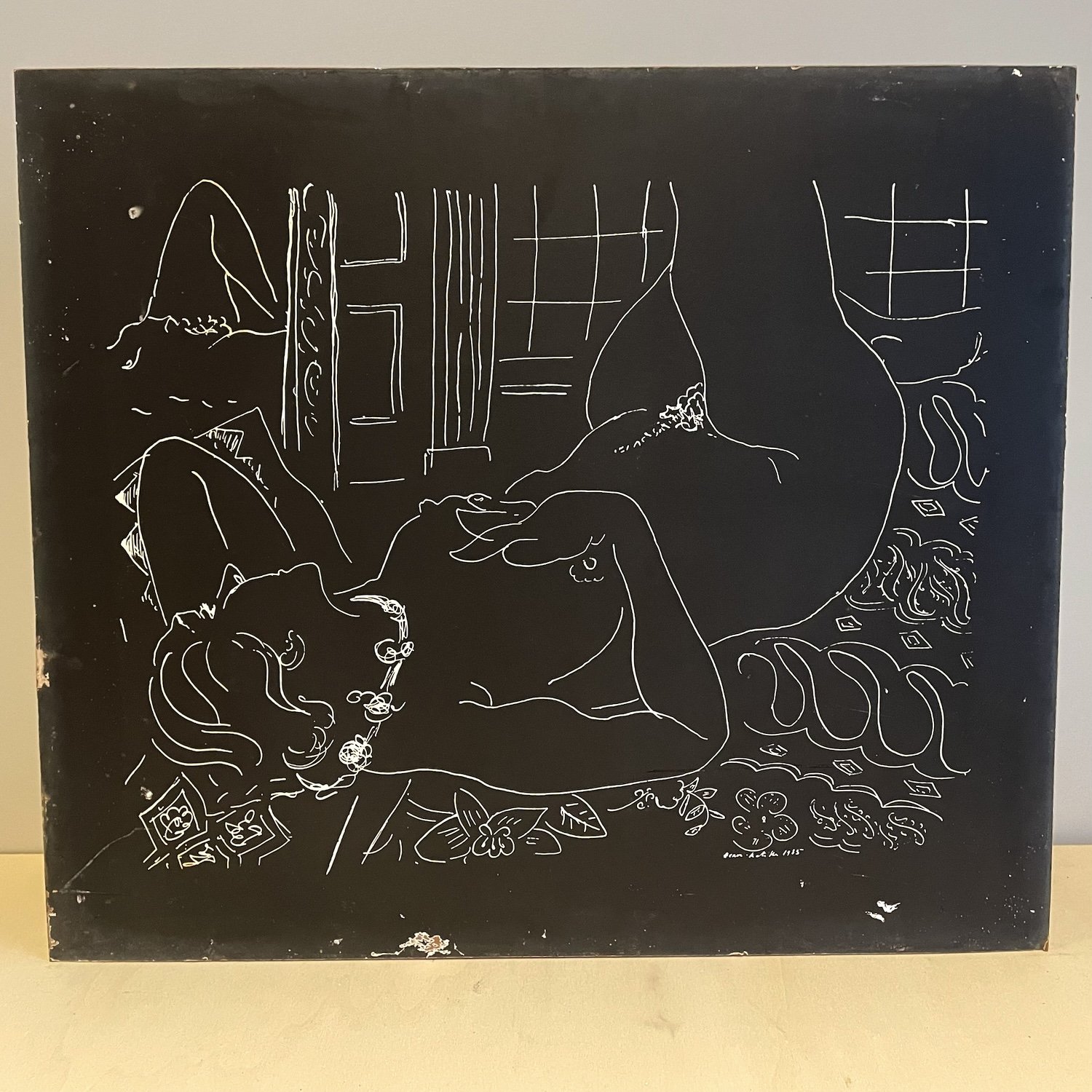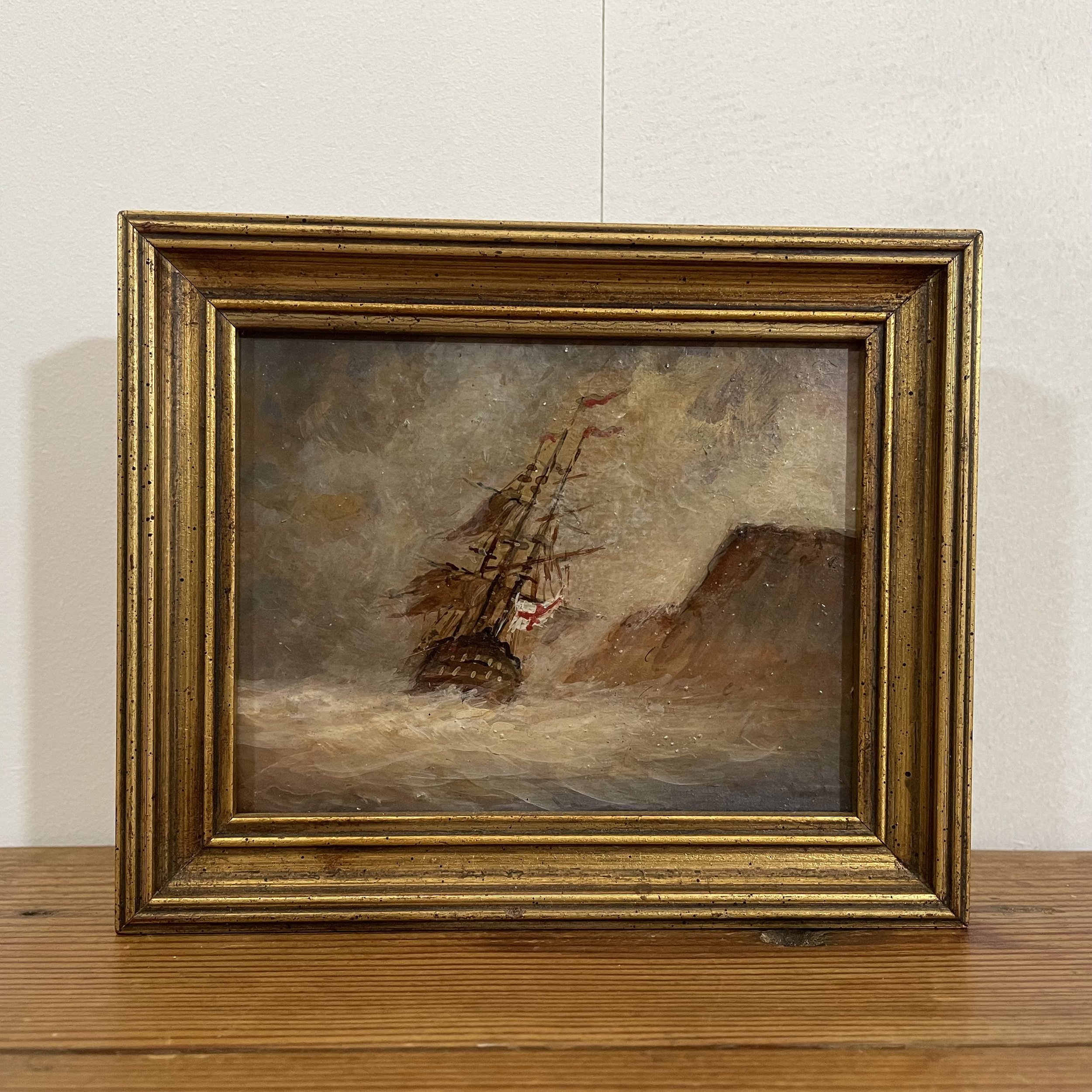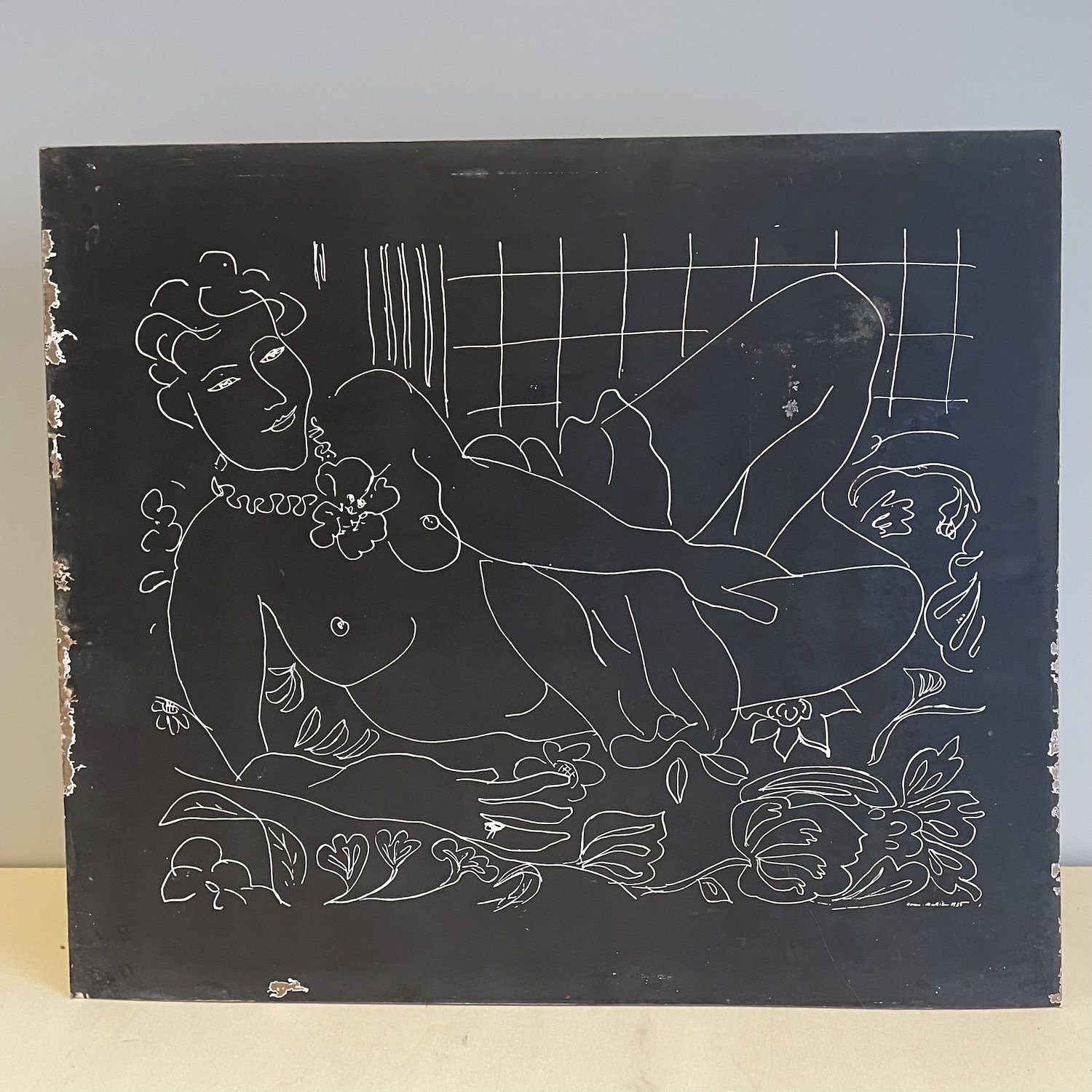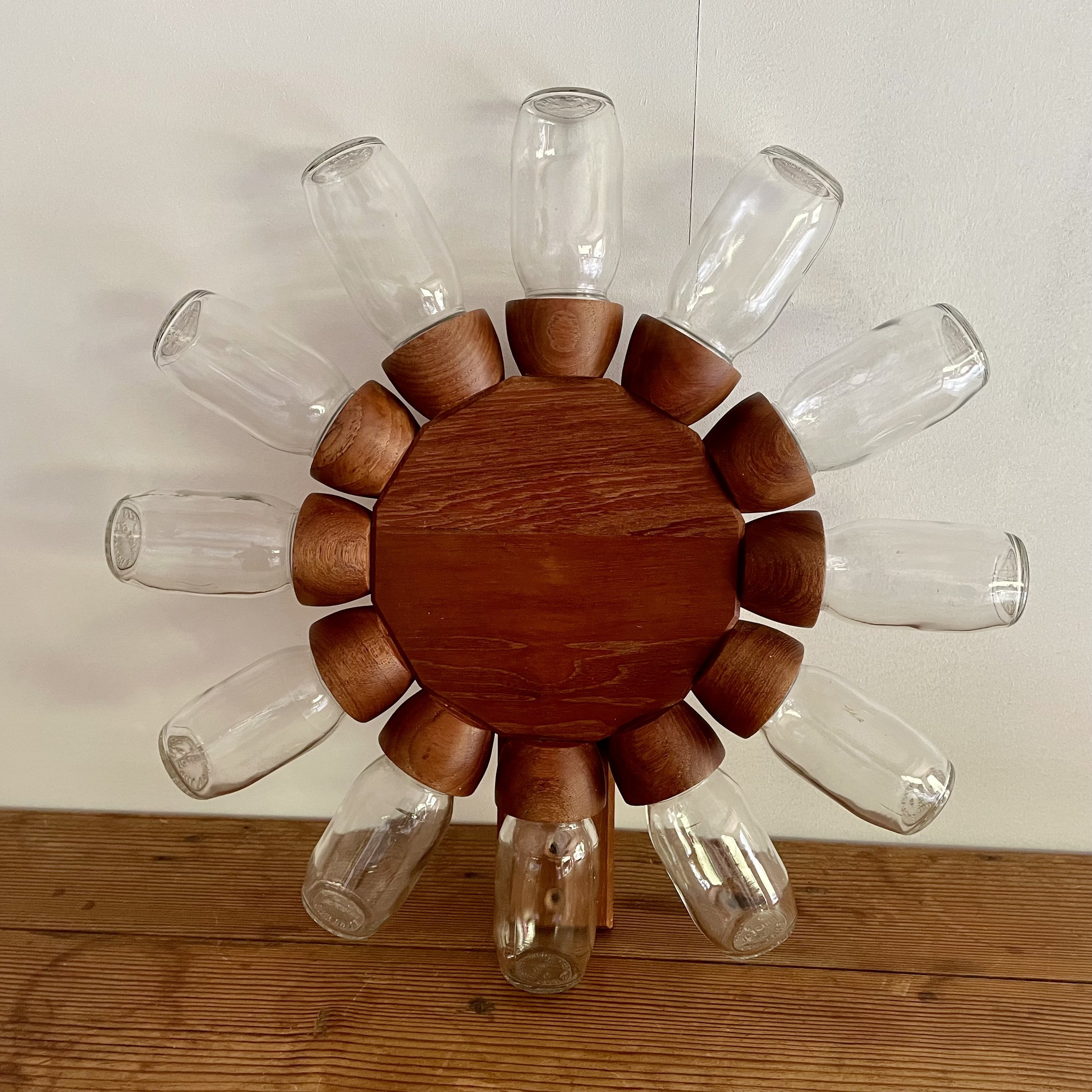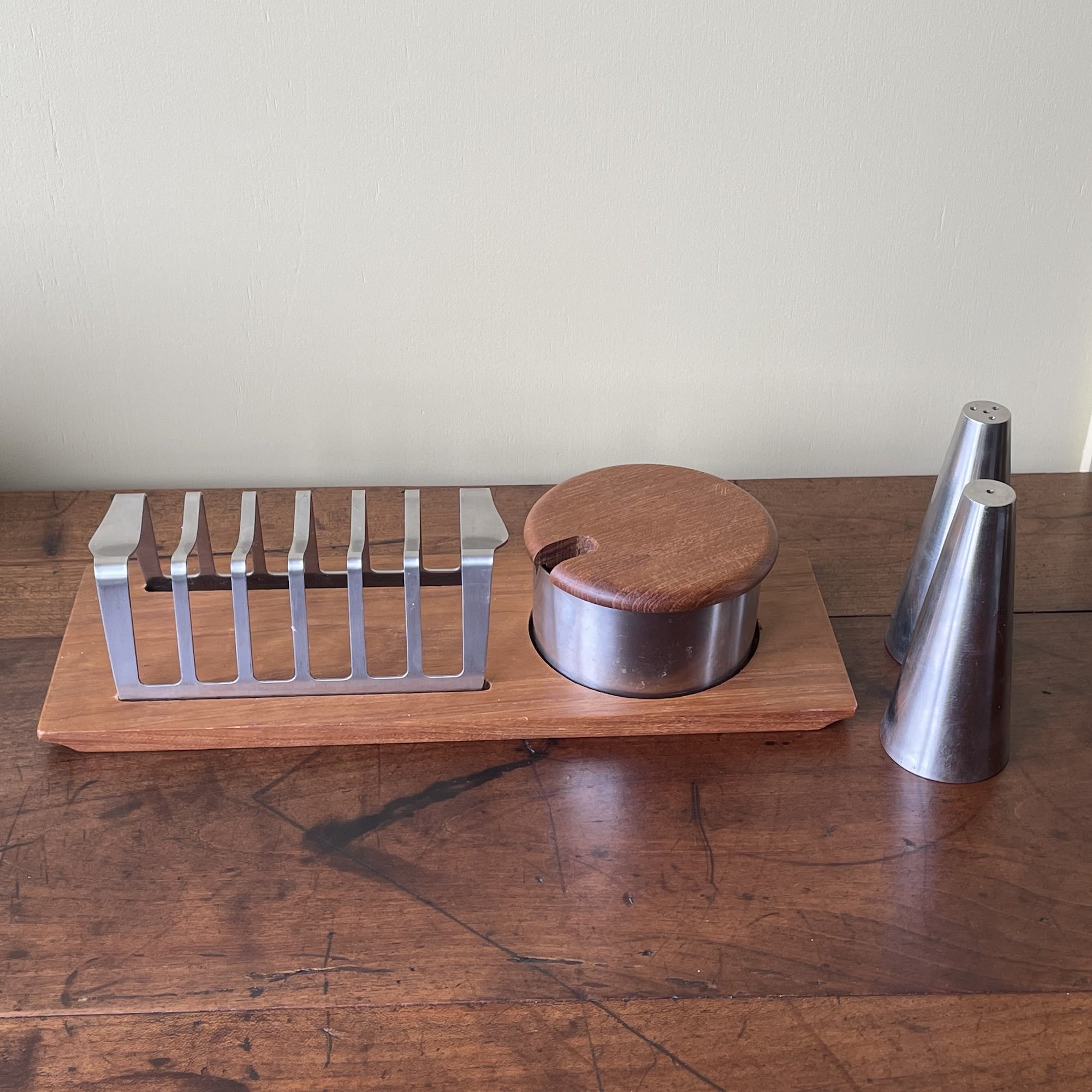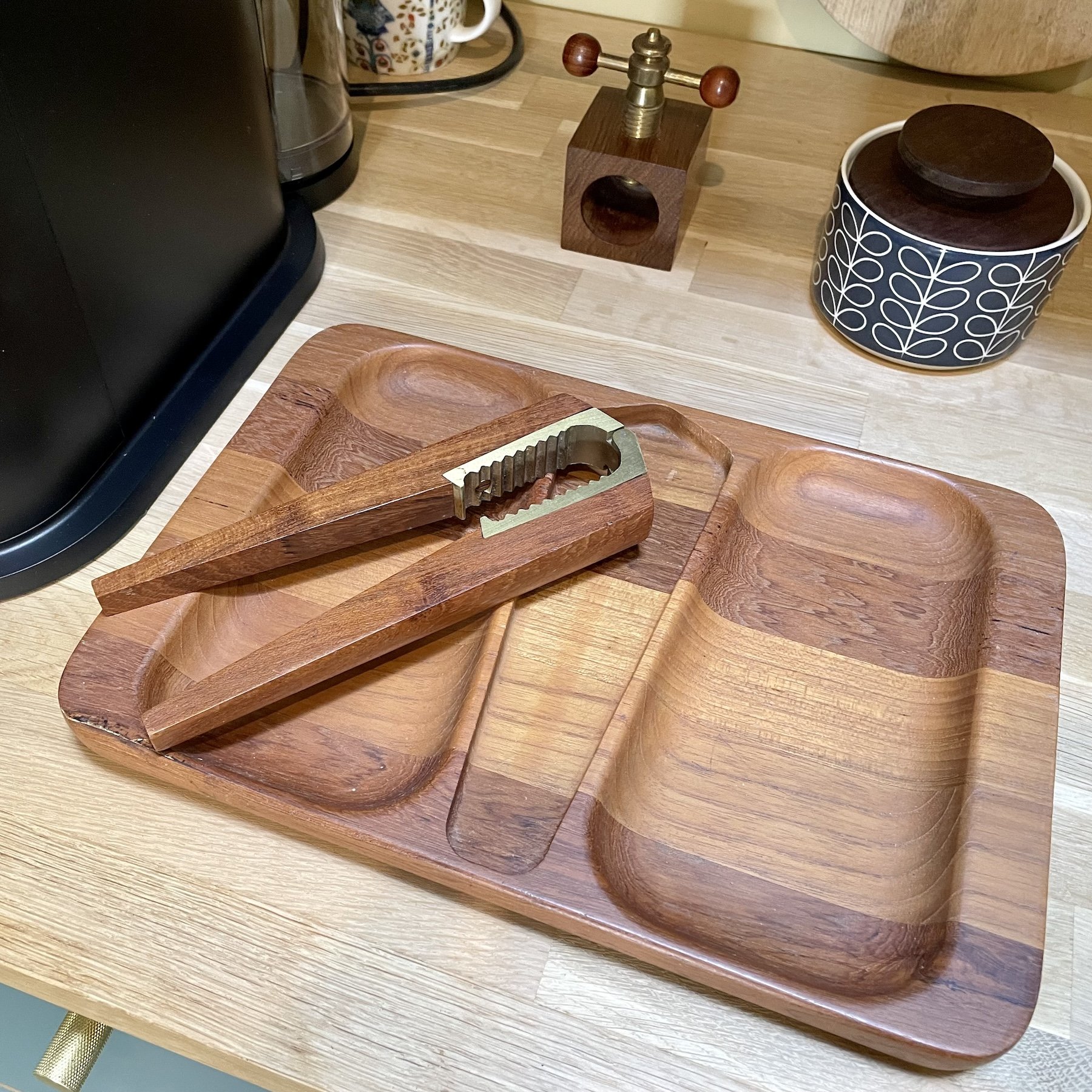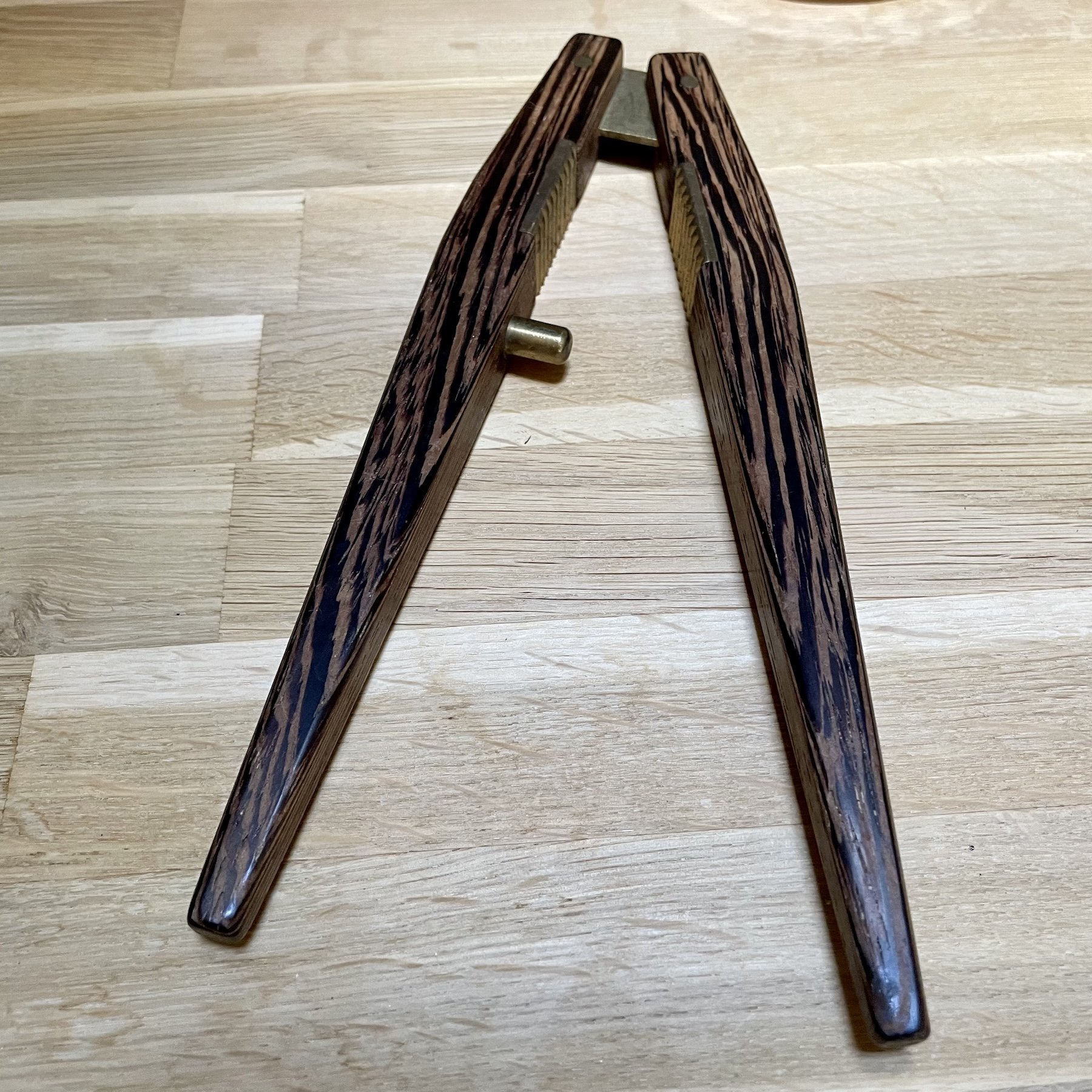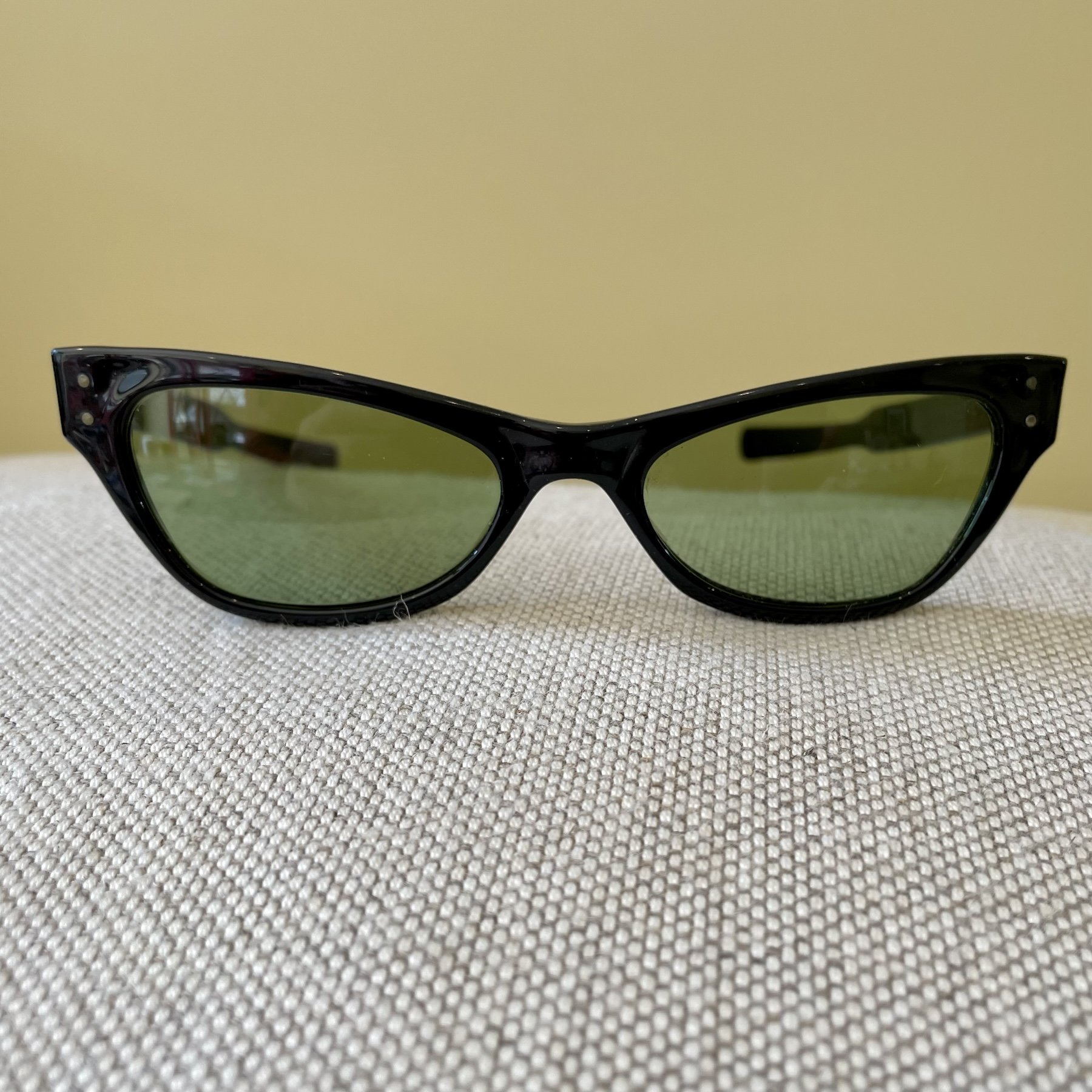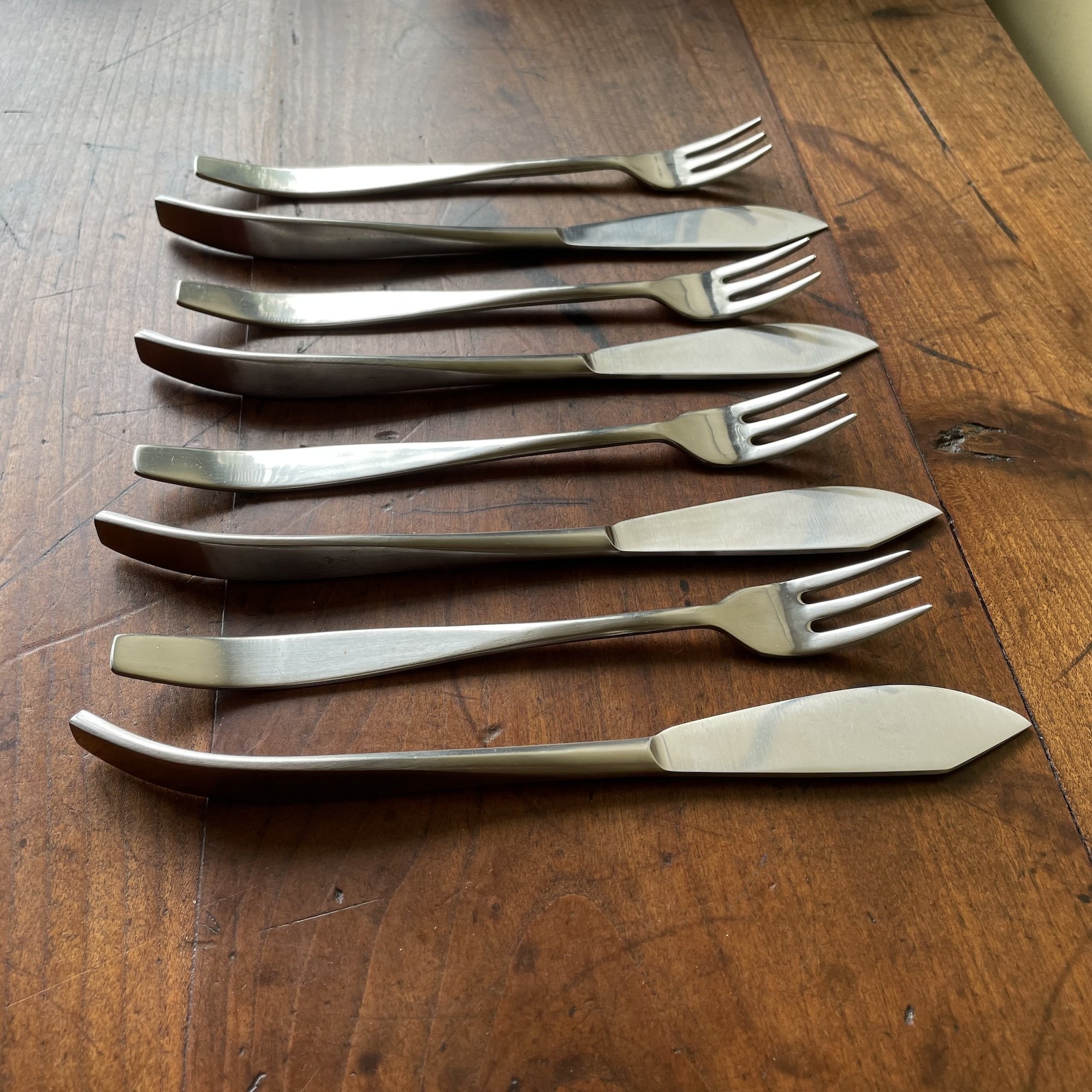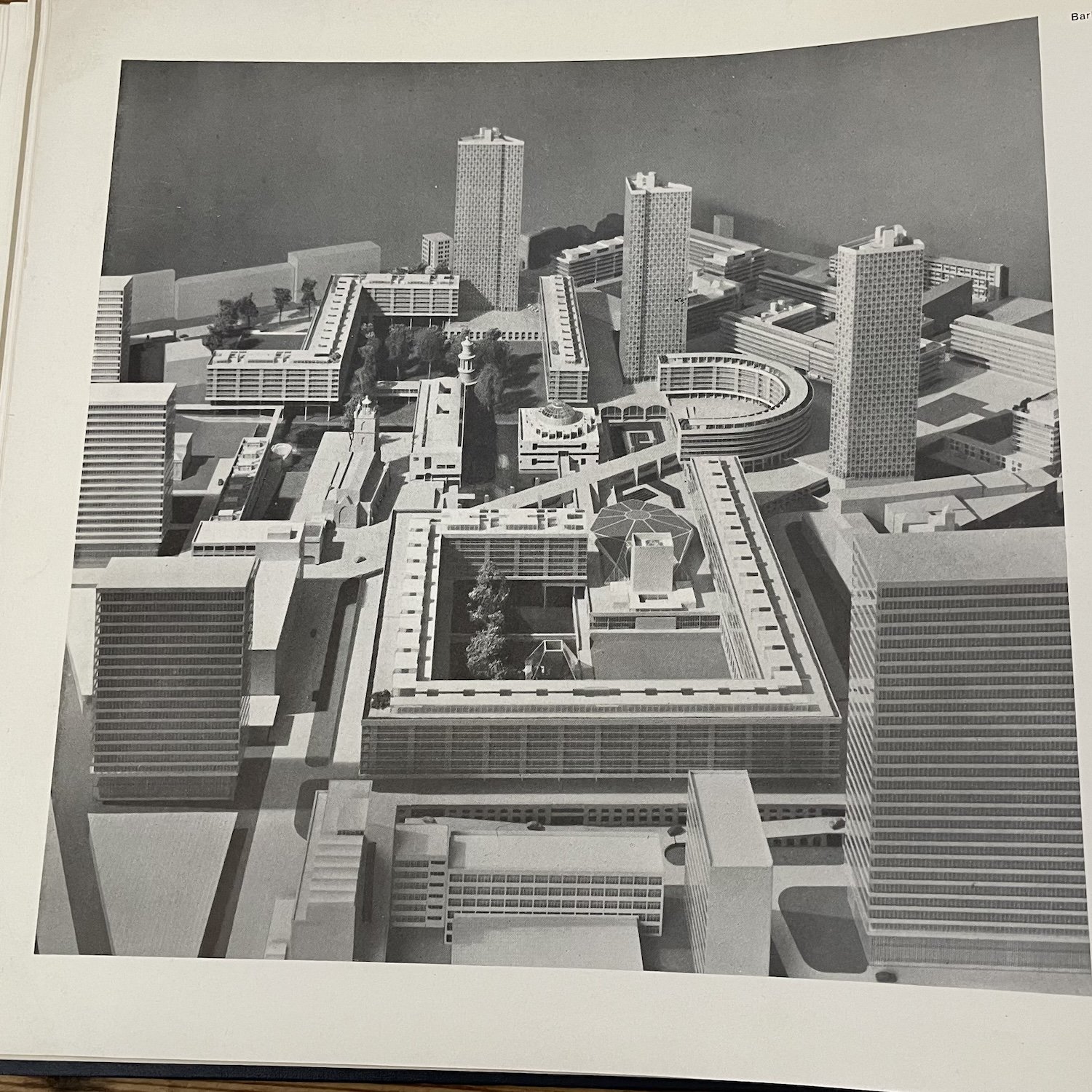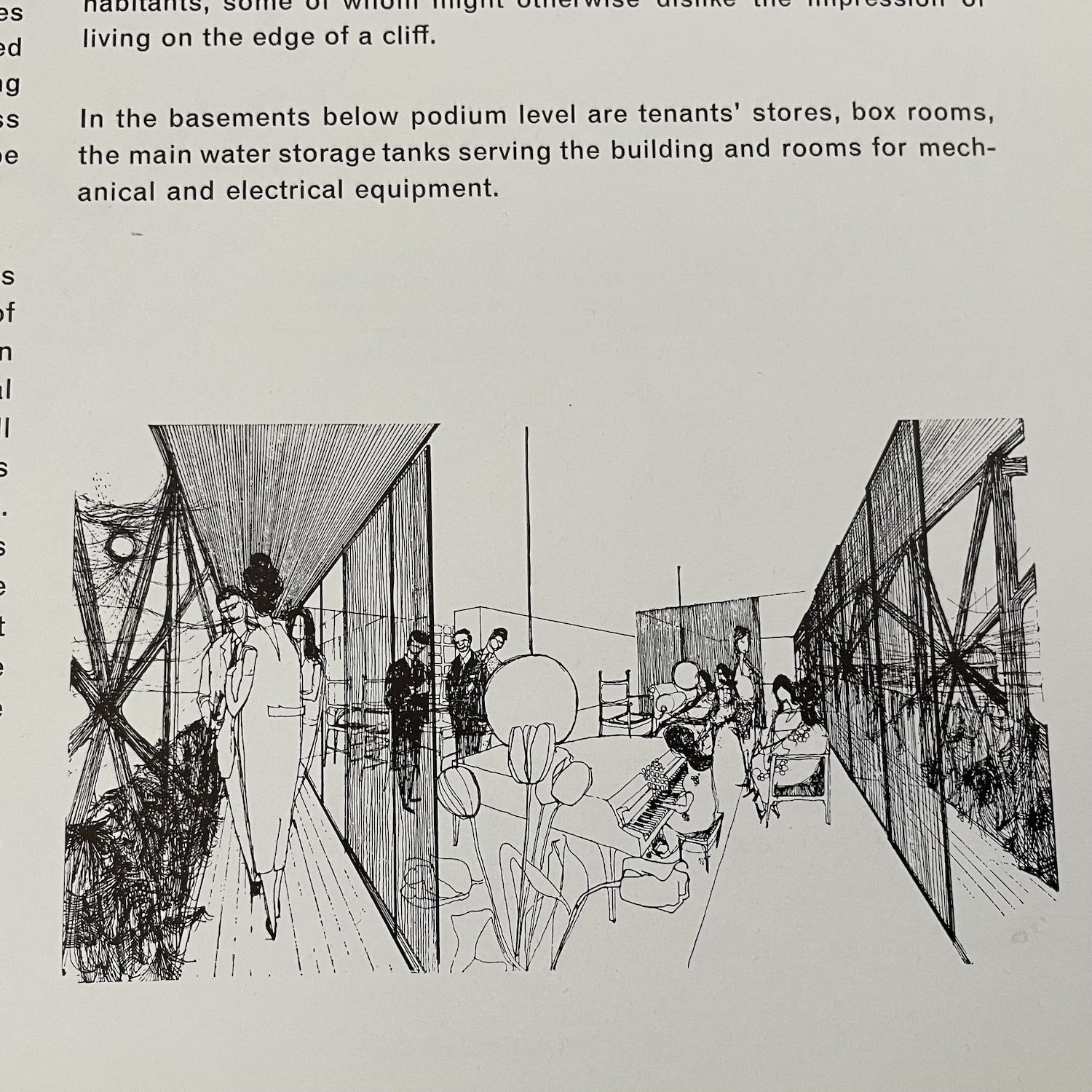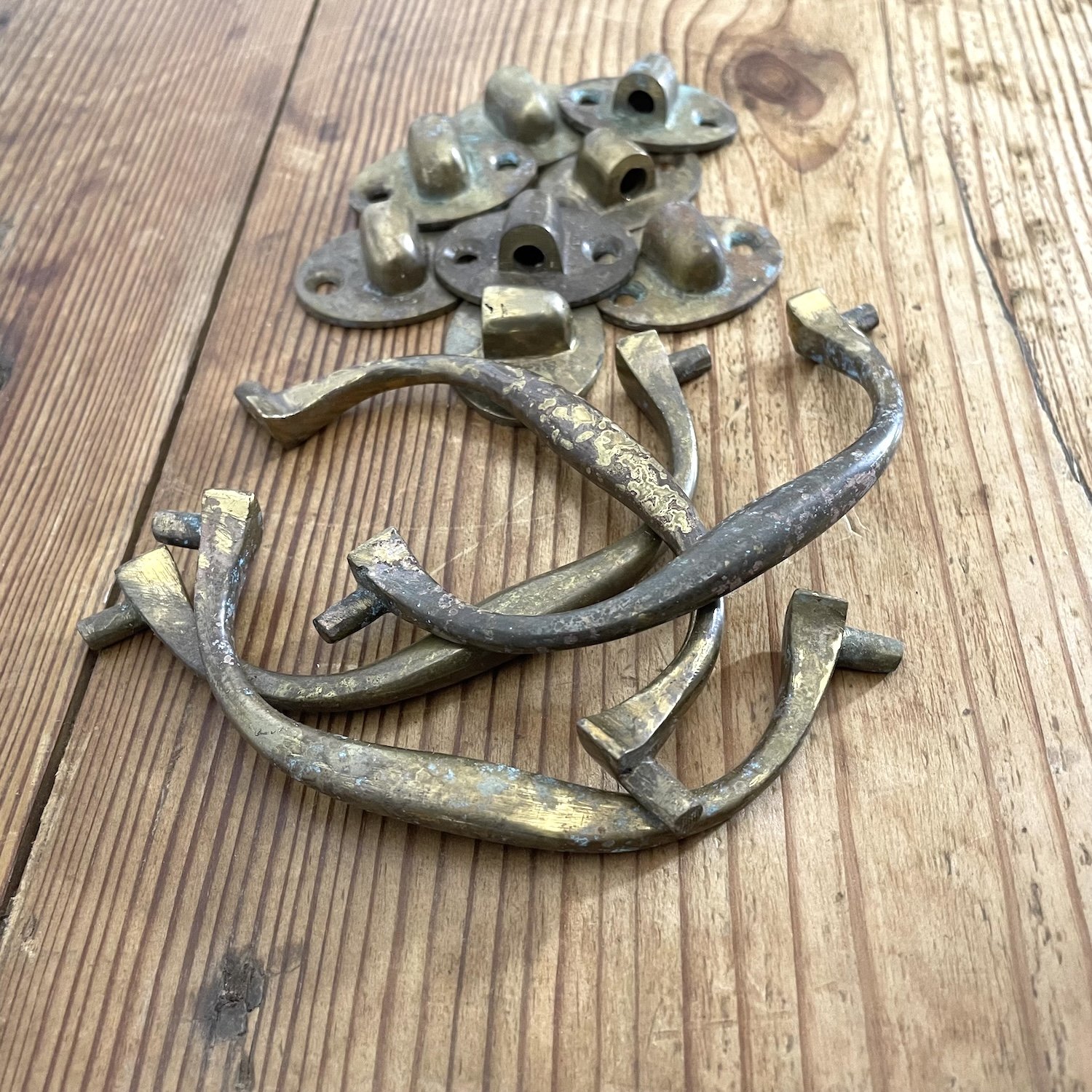
News & Recent Arrivals
An interesting, quirky, eclectic collection of Mid Century, antique and contemporary pieces from our build projects and photo shoots.
These characterful pieces have lived before, they will have signs of ageing and general wear. Lightly restored or preserved ready to bring joy in another life.
If you want to view or collect items that are of interest please get in touch to make an appointment.
Our workshop is located near Ware in rural Hertfordshire.
pam@ecoeditions.com or call Pam 07308 148807
New Wave New Look Silhouette
-

It’s the 1950’s, the golden age of St Tropez, and the real star of the French New Wave is the hideaway Hôtel La Ponche. No more than a simple fishermen's bar run by the parents of Simone Duckstein. In the 50’s they add rooms to the bar and their friend Boris Vian, became an impromptu barman, serving his friends: Daniel Gélin, Michel Piccoli, Pierre Brasseur, Jean-Paul Sartre, Pablo Picasso…. an incredible cast of artists, writers, musicians, filmmakers colonise its raw simplicity its luminosity creating a little paradise escape.
-

Picasso in Mougins escaped to visit Manja Wang, He was very attracted to the Polish artist, muse of Mane-Katz, in his Rue Des Remparts studio she painted with him on silk and ceramics........ “I remember the fiery eyes of Picasso as he sat at the corner of the terrace to watch the sea and see his love. I too was impressed by the beauty of Manja, this beautiful lady, with long black hair reaching down to her waist”. A young Simone Duckstein, eyes wide open, at the Hotel La Ponche
-

When the cast and crew of And God Created Woman came to settle in La Ponche and with the film’s release the secret “ little paradise” was exposed to a shrinking world. The flash bulb glamour of Brigette Bardot, stylishly dressed by Pierre Balmain with his New Look silhouette, the film gave us more sex than we were used to in the 50’s. The sea, sun, sex headlines and a bikini clad Brigette Bardot, soon St Tropez, once a rustic fishing village became synonymous with the newly christened Jet Set.
Fabulous Mid Century Design
Sublime
70’s Kitsch
Fifties Fun
Robert Stewart
Alvar Aalto
Folke Arstrom
The New Look
The manipulation of the shape of an object into an attenuated form is one of the hallmarks of the 1950’s. Attenuation was skilfully exploited by the fashion industry of the late 40’s. Dior’s elongated tulip “New Look” and Balenciaga’s “Pencil-Line” designs came to symbolise the new decade. Although possibly the sculptures of Giacometti, widely exhibited during the late 40’s and early 50’s, were the most absorbed influence in mainstream design.
and Attenuation.
In the late 50’s cutlery was an area where metalsmiths could indulge their design skills, characterised by elegant attenuated forms and extra long thin handles. Folke Arstrom of Gense produced practical high quality stainless designs based on his in-flight cutlery for Scandinavian Airlines System, the nylon handled Focus de Luxe version was retailed at Heal’s. Sophisticated elongated tulip forms can be seen in the Trinita cutlery designed for Cohr Silversmiths by Hjordis Haugaard.
Empowerment
Sex
Destruction
Danish
Italian
1950’s
1960’s
1970’s
BIBA Mail Order
Gunnar Nylund Vase
Drummond Peat Bucket
Uncertainty
War
Continuity
Gothic Revival
Craft Revival
Greek Revival
Chad
Traditional African masks and sculpture became a powerful influence among avant-garde European artists. Where Matisse, Picasso and friends ventured Giacometti sculptures, Dior Couture and 1950's design followed.
St Ives
Was Modern art’s true home ever St Ives. While the mid century European design world followed Picasso and Giacometti, in St Ives Hepworth, Nicholson and Co explored a different path.
Cornwall
Did they wrestle the Cornish light into a Super Nova or were they a group of idiosyncratic romantic British artists who pitched up on a seawashed Cornish shore far from the madding crowd.
London
Sweden
Switzerland
Ghana, Gt Yarmouth
We have just unloaded an incredible set of reclaimed grain wharf timbers. Large scale Opepe timbers rescued from sea defence works on the River Yare in Great Yarmouth. A new sea wall 2 metre higher was required to keep the town safe from the predicted rising sea levels. The Opepe was imported from Ghana as logs to Tilbury, where it would have been sawn up and then carried by boat to Jewsons, Great Yarmouth, for the Port Authority to create wharves along the River Yare.
Timber importing merchants like Jewson and Palgrave Brown owned extensive wharves along Southtown Road beside the Yare bringing in several ships a week for many years. Until well after the war, imported timber occupied much of the riverside from Haven Bridge to Bollard Quay.
& Spitalfields
Timber importing was such a mainstay of the Gt Yarmouth economy that local GPs a century ago recommended patients with chest ailments to walk along Southtown Road, inhaling the therapeutic properties of freshly-cut Baltic pine stacked on Bollard Quay!
Jewsons also had sawmills and box making works in both Great Yarmouth and Lowestoft up until the 60’s making wooden boxes and crates for agriculture, breweries, fishing industry and anyone else. The flower delivery crates were used to pack flowers as they were harvested in the Lincolnshire fields. The wooden crates ensured that the flowers could be safely sent by train to reach the London Flower Markets of Spitalfields and Covent Garden in perfect condition.
Belgravia,
A fabulous Mahogany tray from the age of afternoon tea. Charles II popularized tea drinking in England but it was the Duchess of Bedford who made afternoon tea an essential ritual in the Salons of Belgravia. The tray has seen 200 years of up and down stairs, now ready to serve up tea in any English Country (or town) Garden.
Dior &
It began with Dior in the late 40’s, by the second half of the fifties the elongated tulip was influencing designs everywhere. The shot glasses are Per Lutken’s take on the Dior vision for the Danish homeware company Holmegaard. Super stylish, so 1950’s and “smoked”.
Hippie Trails.
A rare survivor from 60’s Hippie Trail, brought from the Marrakesh Souk in about 1969. It survived a midnight dash across Morocco to Tangier bouncing in the back of the van. Crosby, Stills & Nash “Marakesh Express” playing, maybe not the best song ever and the Phillips tape was not very reliable. But it was portable sounds and upbeat as you rushed along.
Carter’s Victory Dive Bomber
Fairground Thrills,
The USA company Eyerly patented the Dive Bomber thrill ride in 1938 and the first machine made its UK debut on the Blackpool Pleasure Beach in 1939, only 2 survive today. Its fearsome nature, the ratchet noise combined with the stark and lonely nature of the vertical car. The Dive Bomber can be argued to be the first true adrenaline thrill-ride, cutting an imposing sight on any fairground during the 50’s & 60’s.
Vintage Consulate Cigarette Advert
Cool Dudes
The Dive Bomber was the perfect place to show how cool you were. So fearful a ride, there were no queues, just stroll up and bask in the glory. The reality was that an evening of hotdogs, candyfloss, coke, smoking a pack of Consulate before you rode the Dive Bomber left you more Consulate green than “cool as a mountain stream”.
& Adrenaline
This 1960’s scratch built Dive Bomber model was possibly made for a toy shop window. It has used an updated rocket theme to capture the excitement of the ‘Space Race” between the USA and the USSR. The space race combined the super nova charisma of JFK, the flash bulb glamour of Marilyn Monroe and the thrill of the voyage into the unknown with no return for some.
The Self Isolating Village of Eyam during the 1665 Plague
Pandemic, Plague,
Daniel Defoe’s “A Journal of the Plague Year” was written to exploit the hysteria surrounding the Plague outbreaks in Europe. As much a survivalist manual as a telling of his uncle Henry’s eyewitness account of London under siege from the 1665 Plague pandemic.
First rumour, then weekly lists of the dead, bodies piling up in plague pits. People are self isolating or fleeing, shopkeepers are disinfecting money with vinegar or burning gun powder. Distrust is rife, plague victims and their families are forcefully isolated with deadly consequences.
An eerily familiar story and all without twitter to help.
Invasion and War
An understated early 17th Century oak document box telling a powerful story from a turbulent and violent period. These boxes were used to store valuables and has suffered a break in, not unexpected in the violence of the Civil War. It has an unusual punched and scored Renaissance sgraffito style design. It was rebuilt in the late 17th Century and given new, hinges, a lock, a stand and possibly a lid from another damaged box. The punch design on the lid is a different motif. The stand dates from quieter times around 1690 after the Glorious Revolution.
Howard Hodgkin
Howard Hodgkin (1932 - 2017) was one of Britain's most important painters and printmakers. Hodgkin's paintings and prints often refer to memories and private experiences, but deliberately avoid the illustrational. Though his works often appear spontaneous, they are often the result of an extensive process of layering and over-painting. Hodgkin first began making original prints in the 1950s. In his later years he favoured the use of etching, aquatint and carborundum combined with hand-painting. His paintings and prints have been the subject of major exhibitions all over the world.
Alan Christea Gallery
& Alan Christea
The Alan Christea Gallery exhibitions are accompanied by fully illustrated catalogues. Like the shows they document, these too are a thing of beauty, and highly collectable. Cristea Roberts Gallery is the exclusive distributor of original prints from the Howard Hodgkin Estate. A set of 3 catalogues available.
“Aquainted with the Night” May 2012
“Green Thoughts” October 2014
“After All” October 2016












